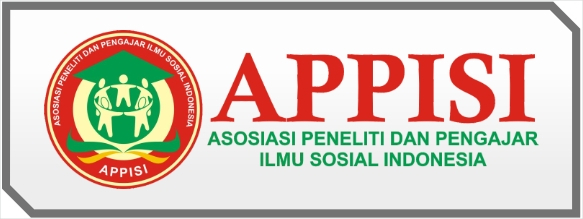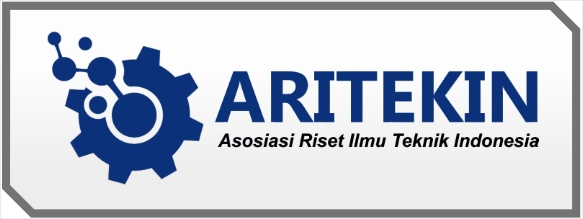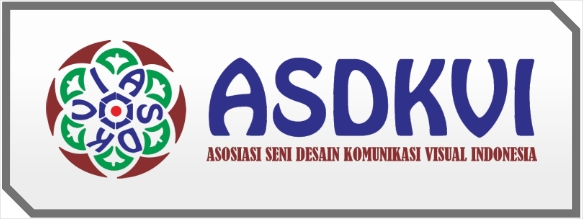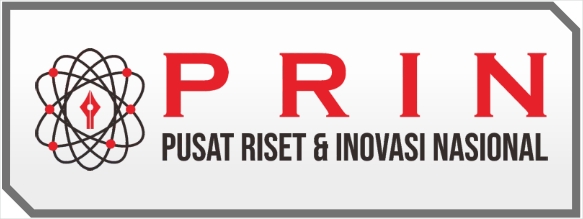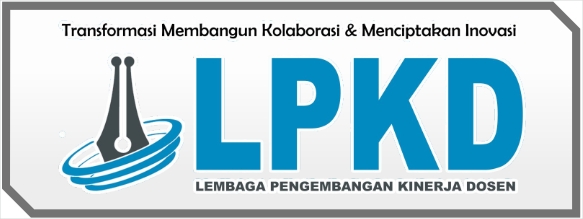Peningkatan Kesehatan Reproduksi Pada Remaja di Era New Normal Melalui Promosi Kesehatan pada Siswa SMA/SMK Seluruh Indonesia
DOI:
https://doi.org/10.55606/nusantara.v2i2.248Keywords:
Reproductive Health, Health Education, AdolescentsAbstract
Adolescents are an age group that holds the baton for the development of a nation. For this reason, young people need attention. During the COVID-19 pandemic, teenagers are at risk of contracting COVID-19 because of their high activity and tendency to group. In Indonesia, there are 63% of adolescents who have had sexual contact with the opposite sex and 21% have had an abortion, as many as 93.7% of junior high and high school adolescents have done genital stimulation, kissing their partner and oral sex/ and 62.7% of junior high school teenagers who do not virgins Changes in daily activities for adolescents will have an impact on the physical and psychological aspects of adolescents due to social restrictions, such as lack of information related to reproductive health. The purpose of this community service activity is to provide information about adolescent reproductive health online using zoom so that adolescents understand and apply it to their next life. The result of this activity is an increase in the knowledge of adolescents about reproductive health. Through this activity the provision of information about adolescent health can be done periodically.
References
Ayu, S. M., Sofiana, L., Wibowo, M., Gustina, E., & Setiawan, A. (2019). Predisposing, Enabling and Reinforcing Factors of Premarital Sex Behavior in School Adolescents. Jurnal Kesehatan Masyarakat UNNES, 15(1), 29–38. https://doi.org/10.15294/kemas.v15i1.14226.
Ayu. , S.M., Kurniawati Tri. (2017). Hubungan Tingkat Pengetahuan Remaja Putri Tentang Aborsi Dengan Sikap Remaja Terhadap Aborsi Di Man 2 Kediri Jawa Timur. Unnes Journal of Public Health, 6(2), 2–5.. https://journal.unnes.ac.id/sju/index.php/ujph/index
Badan Kependudukan dan Keluarga Berencana Nasional (BKKBN). (2015). Siapa itu remaja? Retrieved from https://flipbook.bkkbn.go.id/index.php/flipbook/show/TFL-4396- 182507-084156.
BKKBN (2017) ‘Survei Demografi Dan Kesehatan : Kesehatan Reproduksi Remaja 2017’, Badan Kependudukan dan Keluarga Berencana Nasional, pp. 1–606. Available at: http://www.dhsprogram.com.
Ira dkk (2020) Program Peningkatan Pengetahuan Kesehatan Reproduksi Remaja di SMK”X Tanggerang Raya. Jurnal Kreativitas Pengabdian Kepada Masyarakat
Kementrian Kesehatan RI. (2014). Peraturan Menteri Kesehatan No. 25 tahun 2014 tentang Upaya Kesehatan Anak. Jakarta. Retrieved from http://kesga.kemkes.go.id/images/pedoman/PMK No. 25 ttg Upaya Kesehatan Anak.pdf.
World Health Organization. (2018). Adolescent health in the South-East Asia Region. Retrieved January 16, 2020, from https://www.who.int/southeastasia/health-topics/adolescent-health.
Suparmi, & Isfandari, S. (2016). Peran Teman Sebaya terhadap Perilaku Seksual Pranikah pada Remaja Laki-Laki dan Perempuan di 38 Suci Musvita Ayu, et al/ Predisposing, Enabling and Reinforcing Factors of Premarital Sex Behavior in School Adolescents Indonesia, Buletin Penelitian Kesehatan. Vol. 44 (2).139–146.










